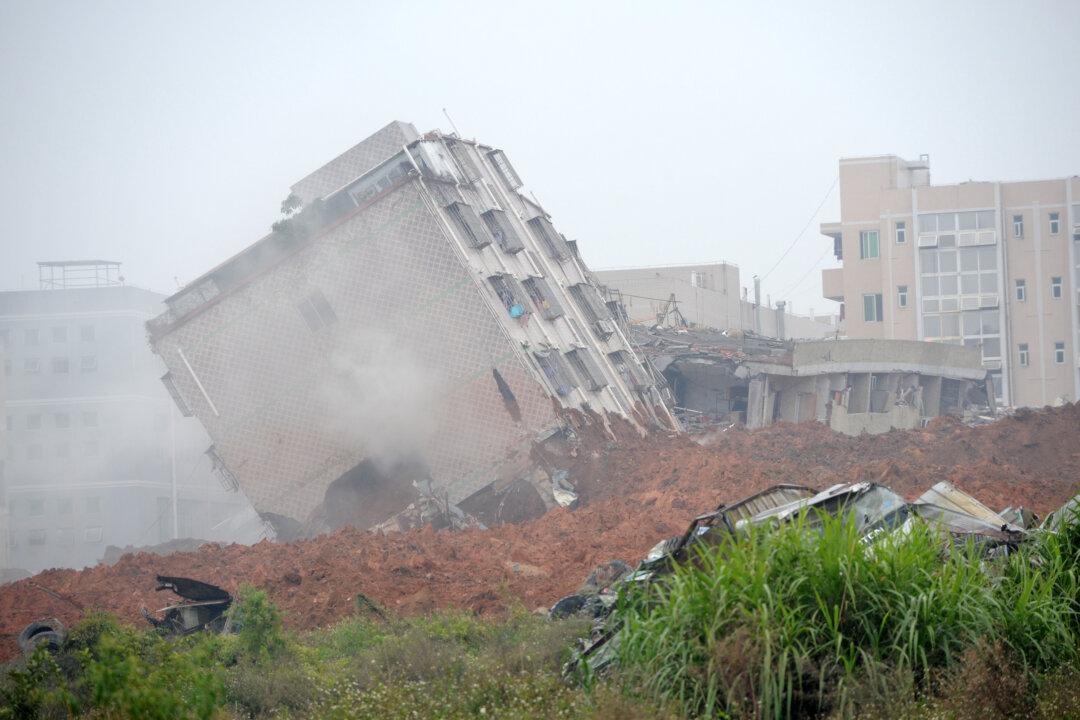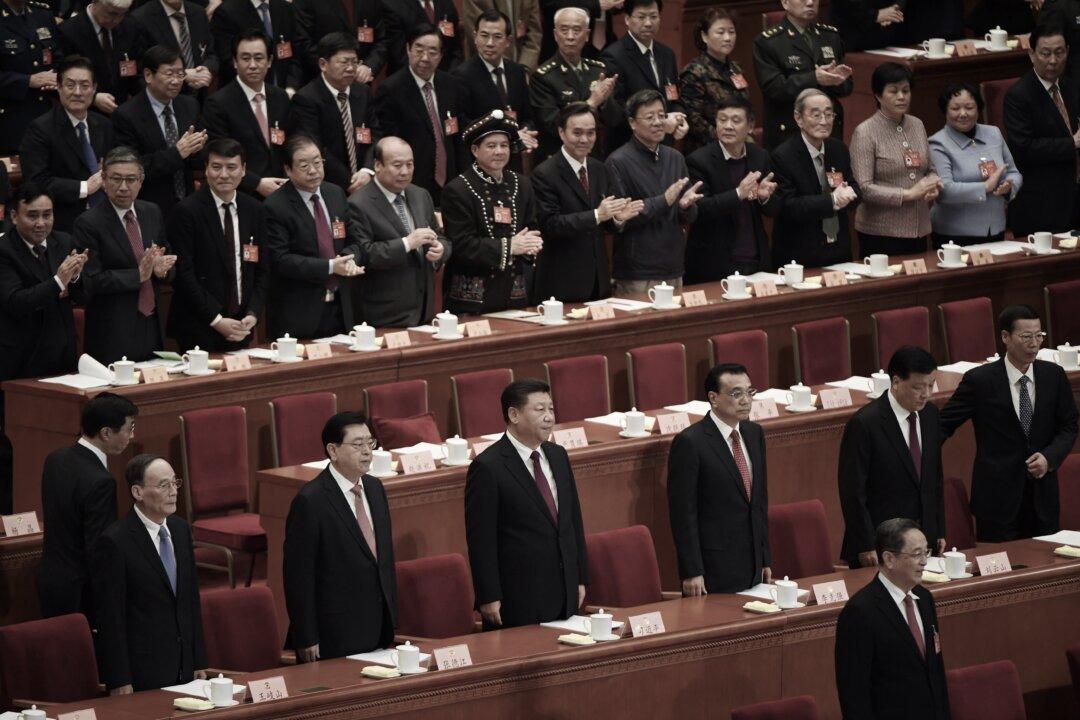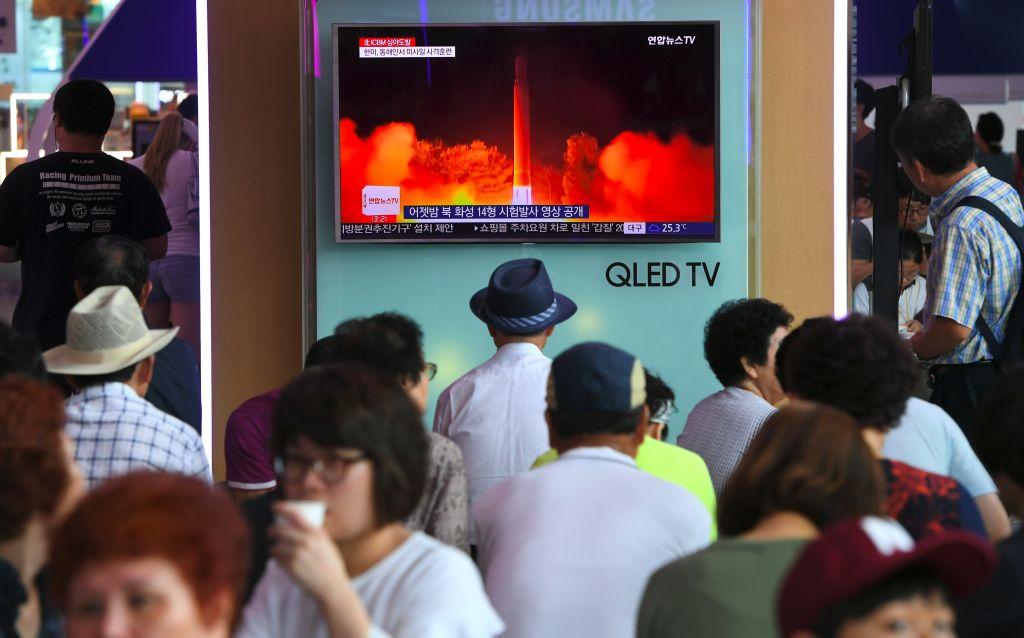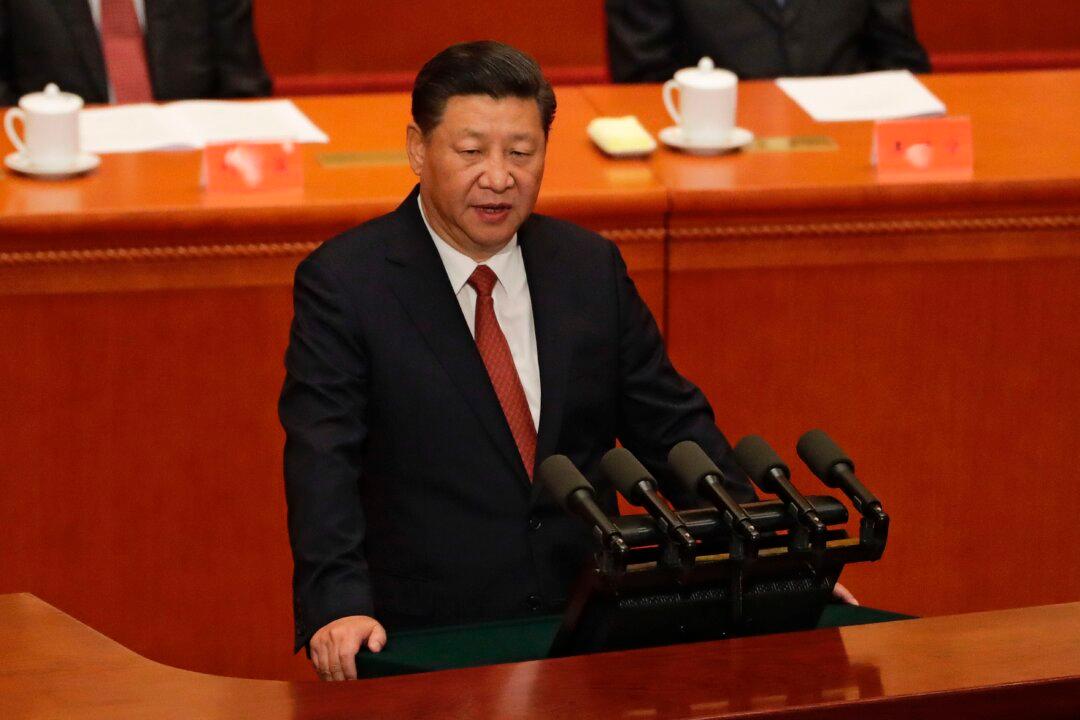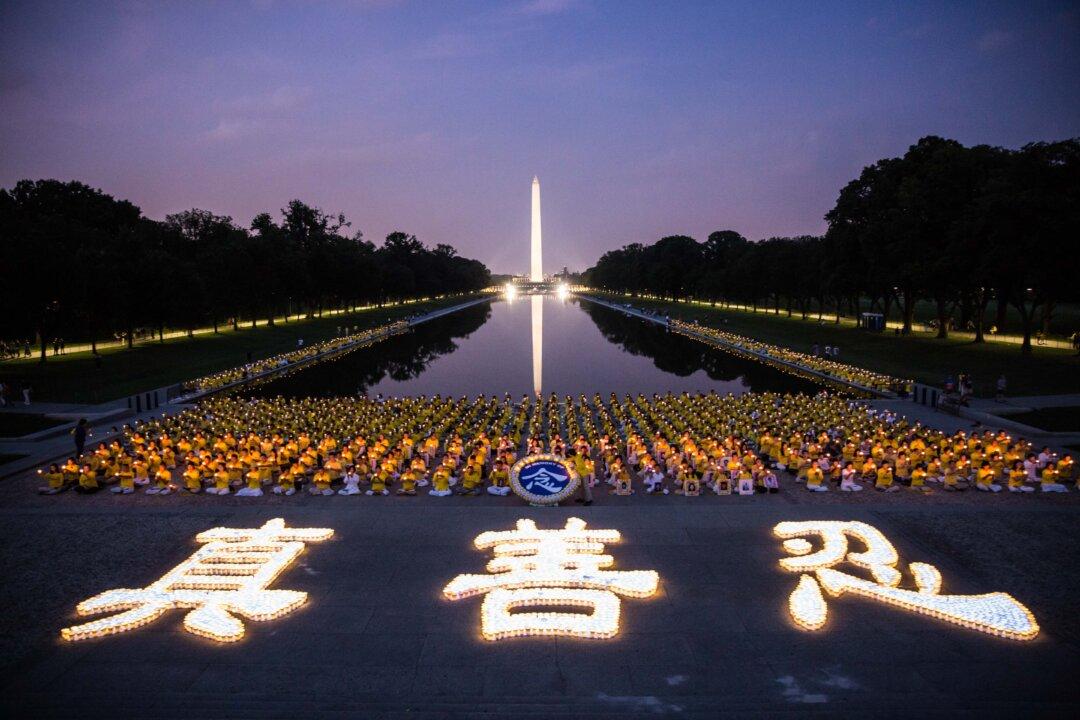A landslide buried and toppled buildings at an industrial park in the southern Chinese city of Shenzhen on Sunday, Dec. 20. Eyewitnesses and the Chinese authorities have given conflicting accounts of the cause of the landslide, while Chinese netizens lament the latest disaster to strike China this year.
Yang Feng, the head of Shenzhen’s emergency management office, said at a news conference that at least 59 people are missing, and 33 buildings, including two workers’ dormitories, have been buried or “damaged to varying degrees” by the landslide. How many were turned into rubble and how many are merely damaged is unclear. On Monday, Dec. 21, state news agency People’s Daily reported that 85 people in total are missing.
In a video clip on state broadcaster China Central Television’s (CCTV) official Twitter account, a white building is seen crumbling to the ground amid an onslaught of the landslide debris before being quickly engulfed in a huge brown dust cloud.
On Chinese social media, netizens have circulated pictures of industrial buildings submerged in reddish soil, some leaning at precarious angles, others reduced to rubble.
